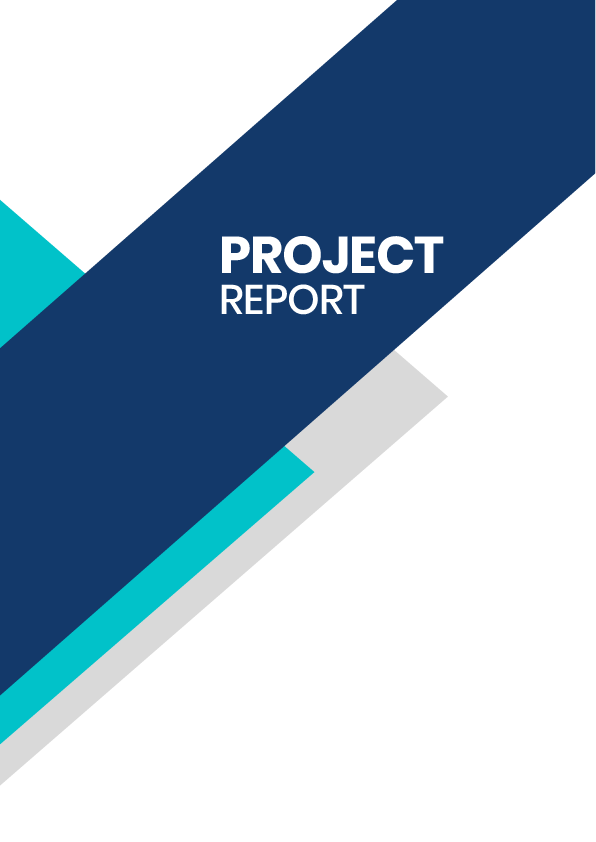Related Keywords
- Cheese Production
- Dairy Cheese Processing
- Cheese Making Unit
- Cheese Factory Setup
- चीज़ निर्माण
- पनीर उत्पादन
Market Analysis & Business Potential of Cheese Manufacturing
- Current Market Trends in Cheese Production and Consumption: India’s cheese market grows fast at 20% yearly, reaching ₹5,000 crore in 2024, as more people enjoy Western foods like pizza and burgers. You can see urban folks choosing cheese over traditional paneer, with consumption jumping 15% last year. Globally, cheese demand rises too, hitting 25 million tonnes annually, thanks to busy lifestyles needing quick meals. Producers now focus on natural and artisanal options since health-aware buyers want pure, tasty products. You can tap this trend by offering clean-label cheese to meet growing needs.
- Types of Cheese in Demand (Paneer, Mozzarella, Cheddar, etc.): Mozzarella tops the list in India due to pizza craze, while cheddar gains ground in fast food and snacks for its sharp taste. Paneer stays strong in homes and restaurants, with 60% of Indian cheese use tied to it. Globally, cheddar rules with a 36% share, and specialty cheeses like gouda climb as people seek new flavors. You can produce these popular types to grab a big slice of the market.
- Target Market (HoReCa, Retail, Local Dairies): Hotels, restaurants, and cafes (HoReCa) buy 40% of India’s cheese for dishes like pasta and sandwiches. Retail stores see families stocking up, with sales up 25% in cities. Local dairies supply small shops and rural areas, needing affordable options. You can target all three by adjusting pack sizes and prices to fit their needs.
- Competitive Landscape & Opportunities in Local/Regional Markets: Big brands like Amul and Britannia lead, but local makers thrive by offering fresh, regional tastes. You can stand out with unique flavors or lower costs in smaller towns where demand grows 10% yearly.
- Revenue Potential and Scalability: A small unit earning ₹50 lakh yearly can scale to ₹2 crore in three years with steady demand. You can expand by exporting, as India’s cheese exports hit ₹500 crore, promising solid growth.
Manufacturing Setup & Financial Overview of Cheese Manufacturing Business
- Production Process Step-by-Step: You can start with milk sourcing from local farms or dairies, ensuring fresh supply daily. Next, you can heat the milk in pasteurization to kill germs and keep it safe. Then, you can add cultures and rennet for coagulation, turning liquid into curds. After that, you can press the curds into molds to shape the cheese. You can let it sit for aging—weeks or months—to build flavor. Finally, you can pack it in wrappers or boxes for sale.
- Required Equipment: You can use a pasteurizer to heat milk, a cheese vat to mix curds, molds to form shapes, and packaging units to seal the cheese. These tools ensure quality and speed.
- Manpower Needed: You can hire skilled labor to run machines and food technologists to check taste and safety. A small unit needs 5-10 workers, depending on output.
- Raw Material Planning: You can plan for 1,000 liters of milk daily to make 100 kg of cheese, plus cultures and rennet in small amounts—about 1-2 kg each monthly.
- Cost Estimation: You can spend ₹20-30 lakh on machinery like vats and pasteurizers. Raw materials can cost ₹3-5 lakh monthly (milk at ₹40/liter, cultures extra). Labor can take ₹1-2 lakh, and rent for a small space can run ₹50,000 monthly. Total startup hits ₹50-60 lakh.
- Profit Margins & ROI Projection: You can sell cheese at ₹500-800/kg, while production costs ₹300-400/kg, giving you 30-50% profit margins. If you can make 3,000 kg monthly, you can earn ₹15-24 lakh in sales, with ₹6-9 lakh profit after costs. You can expect a return on investment in 2-3 years as demand grows at 20% yearly in India.
Get the Best Project Report for Cheese Manufacturing – Bank-Ready & Trusted by 3 Lakh+ Entrepreneurs!

Need expert service?
Please send a WhatsApp message to us, and our team of experts will guide you in creating a project report for bank loan.
Create Your own project report in less than 10 mins.
- Unlimited edits
- Unlimited downloads
- Up to 10 years of projections
- 20+ pages

Frequently asked questions
Everything you need to know about the product and billing.
Finline is an online tool for creating a project report for bank loan online and see the report for free online. You only need to pay for downloading the report.
Can I change my plan later?
Yes , ofcourse you can upgrade from a lite plan to a pro at anytime.
Can I edit the report after download ? is it chargeable?
You can do unlimited edits even after download without any extra payment.
What is the ‘lite’ and ‘pro’ plan ? Is it subscription based plans?
Lite and Pro are just individual report download plans , not subscription plans.
Do I require a CA seal & Stamp for getting a loan?
Not at all, project report is a business plan about your business and it should be prepared by an entrepreneur . Nobody can predict and certify a business which is going to happen in the future.
Can I get any assistance from your team?
Yes of course, you can go to the help section in all pages were you can find chat button for seeking support.
Can I get a project report format for bank loan through Finline?
Yes! Finline provides a ready-to-use project report format for bank loan. You can create it online, see it for free, and download it instantly for your loan application. This makes your project report format for loan easy to complete in just a few steps.
Do you provide a project report format for bank loan in excel?
Yes. Finline offers a project report format for bank loan in excel that is easy to edit and customize. You can also download a project report format for loan in excel if you prefer working offline.